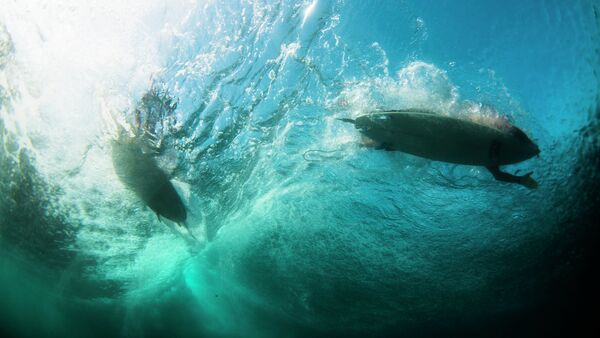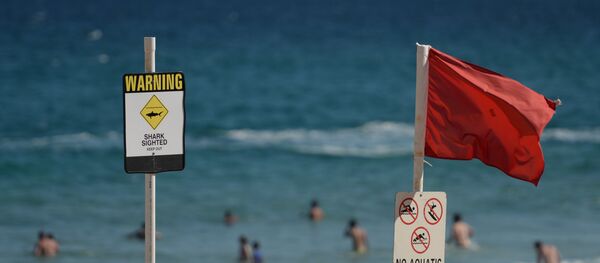In an attempt to understand what sharks might see and hear underwater, the team of researchers from Sydney’s Taronga Zoo has turned to its inhabitants, the shark's natural prey, seals and sea lions.
The scientists recorded their swimming and splashing with underwater cameras and hydrophones. Then they compared them with that of humans: they jumped in the pools themselves and swam and paddled on surfboards backwards and forwards, recording the sounds made by humans.
The team was interested in learning about how seals, sea lions and humans move in the water, as well as the contrast between them and the surrounding environment, and the sounds they made.
This information is now being plugged into a software system that simulates how a shark might view the scenario, according to Sydney Morning Herald.
Researcher Nathan Hart, a neuroscientist at the University of Western Australia, said it did seem that seals and humans sounded similar under the water, but added that sharks had a different hearing system from that of humans; that information would be added to the simulation software.
Sharks are color blind but they have very sensitive eyes, making them good at detecting objects in low contrast. They also have poor spatial acuity, which essentially means their vision is more blurred than humans.
"If you now imagine blurring those images, you can see how there'd be even more similarity between them because the details of the arms and the legs get hidden," Dr Hart said.
"You can see quite easily how that mistaken identity might come about," he added.
The research might be able to provide an answer to what specific shark repellents could be, such as making surfboards less attractive by using lights, for example. As data published in the Australian Shark Attack File has found most people are surfing when attacked by a shark.
"If we can come up with a directed solution for surfers in particular, hopefully we can make an impact," Dr. Hart said.
The study forms part of a broader project funded by the Western Australian government to assess shark attack deterrents.






